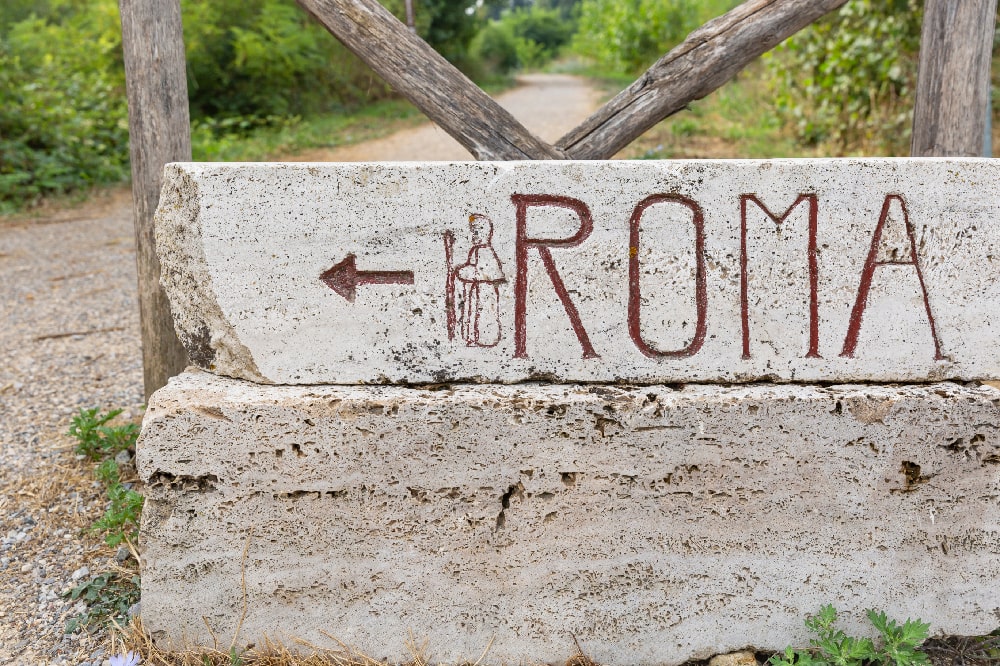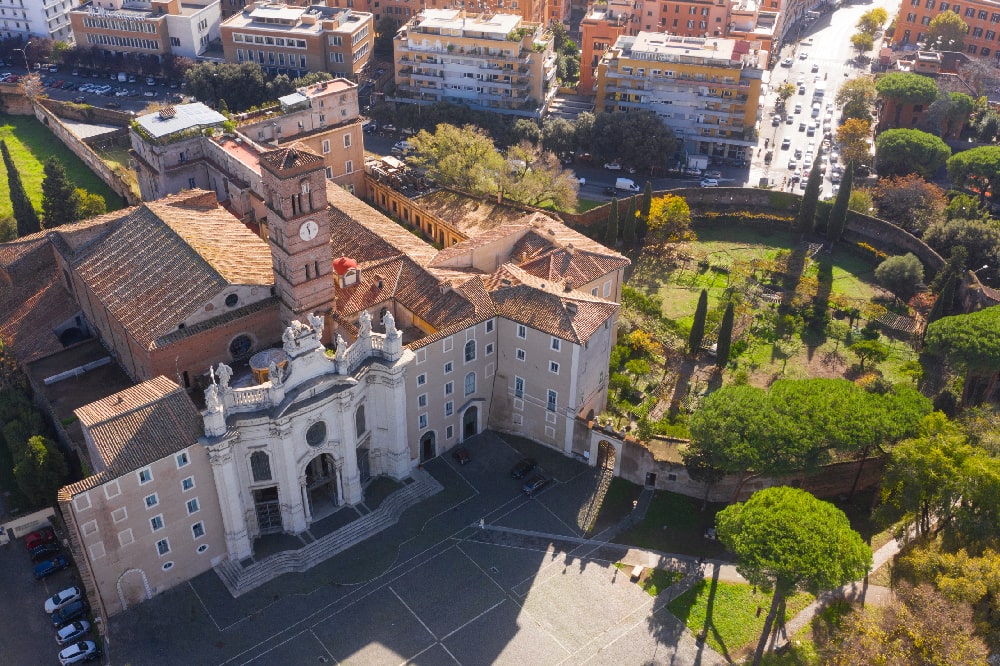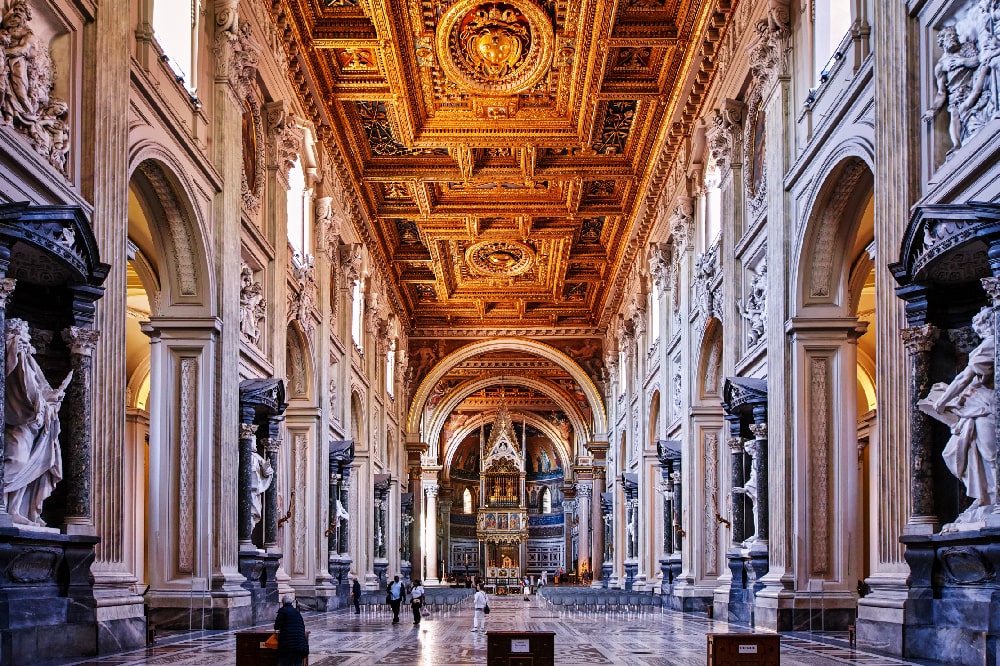The Holy Martyrs are men and women, often very young, who sacrificed their lives for the love of God, and for this reason, they deserved beatification. So let’s get to know them better.
Contents
Dying for love. You hear it often, in old songs, in novels, in immortal stories of unhappy loves. Certainly, when we talk about the Holy Martyrs who have suffered unimaginable torments and have been killed by those who have not been able to bend their will or their faith, we are not talking about a romantic concept. The lovers who in the great love stories died with broken hearts suffered the impossibility of being next to the beloved, or the unbearable pain of loss. The Holy Martyrs, on the other hand, were tortured and killed for having claimed their faith and their deep devotion to God with too much passion, too much conviction and too much love.
So we can say that this form of death for love does not derive from a lack, but from a fullness of love, totality, a fatal fulfilment.
Martyrdom is a kind of witness of love for God. It is not for nothing that the word martyr comes from the Greek martys, witness. In the Catechism of the Catholic Church, we read: “Martyrdom is the supreme witness given to the truth of the faith; the martyr is a witness who goes as far as death. He bears witness to Christ, who died and rose again, to whom he is united by charity. He bears witness to the truth of faith and Christian doctrine. Face death with an act of fortitude. Let it become food for the beasts. Only in this way will I be allowed to reach God”(CCC, n. 2473).
The martyr symbolises and attests the victory of life over death, reliving on his skin, in his flesh, the Passion of Jesus, enduring unspeakable suffering in the full awareness that the consolation of God’s love will make every torment light. With blind trust and poignant love, the Holy Martyrs entrusted themselves to the hands of their executioners, in many cases coming to forgive them at the very moment in which they inflicted extreme torture on them. As dramatic as the death of a martyr may seem, we must not think of it as a painful sacrifice. There is joy in wanting to immolate oneself in the name of God and of one’s faith, there is an unstoppable, unstoppable impetus, a longing for love that no man, however cruel, can stop, no torment can dampen. And this is what makes the Holy Martyrs so special, emblems of religious fervour, of an inner awareness projected solely towards God. Examples to be inspired, when we face the vicissitudes of life, so as not to give in to pain, fear,
But who are the Holy Martyrs?
The first to be called Holy Martyrs were the Apostles, witnesses to the life and works of Jesus, persecuted and killed for having brought His Word into the world. Subsequently, all the men and women who, having lived by demonstrating faith and devotion, were persecuted and killed for not wanting to abjure their creed were defined in this way.
The Catholic Church recognises three types of Christian martyrdom, all worthy of Paradise. Therefore, it is not necessary to die to demonstrate one’s love for God. It is enough to live one’s faith in Him with courage and self-sacrifice, shaping one’s life in the name of devotion.
Here are the three recognised types of martyrdom:
- White martyrdom: proper to those who are persecuted for their faith and must live their lives with courage and suffering, in the name of Jesus, but without necessarily being killed;
- Green martyrdom: precisely of those who manifest their love for God by submitting to fasting and deprivation, choosing solitude, heritage, tearing themselves from the human context to immolate themselves solely to faith;
- Red martyrdom: that of the true and holy martyrs, who after living in the love of God accepted with joy to be tortured and die for their faith in Him, without ever betraying Him.
Martyrdom of Saint John the Baptist
29 August commemorates the martyrdom of Saint John the Baptist, one of the most venerated Saints in the world, considered the last prophet of the Old Testament and the first Apostle of Jesus. Tradition has it that he was holy even before he was born, for when the Virgin Mary presented herself to her six-month pregnant mother to announce the coming birth of Jesus, he leapt with joy in her womb.
His conception of the rest had been announced by the Archangel Gabriel, who had also told his parents, Elizabeth and Zechariah, that he would be “filled with the Holy Spirit”, that he would be “great before the Lord” and his forerunner.
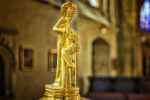
24 June Saint John the Baptist
On 24 June we celebrate the birth of Saint John the Baptist
Saint John, after having dedicated his life to preparing the way for the coming of Jesus, first living like a hermit in the desert, then preaching the coming of the Messiah and baptising men and women in the Jordan, knew his end by the whim of a girl. He had been imprisoned by King Herod Antipas because of his preaching that had instilled subversive ideas in the people. Salomè, the princess of Judea and the king’s stepdaughter asked for her head on a silver platter as a gift. In return, she agreed to dance for the pleasure of her stepfather and guests during a banquet.

Saint Stephen
Stephen, deacon of Jerusalem, was the first Christian to be martyred and as such is considered the protomartyr of the Church.
But what do we mean by protomartyr?
The title of protomartyr indicates the first member of a profession of Christian faith or the first member of a Christian community to have undergone martyrdom in the name of their faith.
For example, Saint James Major was the first apostle martyr and is therefore considered the protomartyr of the Apostles; Saint Thecla, a disciple of Peter, was the protomartyr of women, and so on.
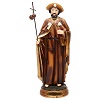
Stephen was originally from Greece and was the first deacon of the Christian community in Jerusalem. His task was to attend to the needs of the apostles so that they could devote themselves entirely to prayer and the preaching of the Good News.
It is celebrated on 26 December, the day after Christmas, the day on which he was stoned in 36 AD. It is said that one of his accusers was Saul, the one who would later become Paul of Tarsus, the apostle of the Gentiles and the first great missionary of the Christian Church.
Saint Agnese
It is celebrated instead on 21 January Saint Agnese, protector of virgins, girlfriends and girls in the age of husband. Agnes was one of the very young saints, such as Luigi Gonzaga. It was a very young girl of noble birth belonging to the gens Clodia who as soon as twelve years old underwent martyrdom under Diocletian. Her beauty and innocence had attracted the sights of the son of the Prefect of Rome, but the girl had already decided to dedicate her chastity to Jesus.
The suitor complained about it to his father, who first tried to bend his stubbornness forcing her to become Vestal, then closed her in an aftertaste, where however no man could violate her, since an angel was watching over her. In the end, Agnes was dragged into the square and stripped naked, but her hair grew to the point of completely wrapping her. Then the Prefect ordered her to be burned alive, but the flames refused to lick her. She was slaughtered with a sharp sword, like the lambs with which she is often depicted, and it is said that when she fell to the ground her executioners cried for her.
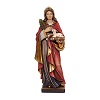
Saint Sebastian
A senior officer in the Roman army, Saint Sebastian is said to have been an intimate friend of Emperor Diocletian. Perhaps it was precisely for this reason that when the latter discovered that the young man, of Christian faith, took advantage of this friendship to help his fellow believers condemned to death, he became so angry. Not only did Sebastian use his influence and position to save Christians and bury those who were killed, but he also worked to spread Christianity among the other soldiers and even the members of the imperial court.
When Diocletian discovered the ‘betrayal’ of his protégé, he went on a rampage.
Sebastian was therefore condemned to death by him. He ordered Sebastiano to be stripped, tied to a pole on Palatine Hill, and pierced by countless arrows. Believing him dead, the executioners abandoned him, but the man survived and was saved by Saint Irene, who hid him and cured him. Back in health, Sebastian appeared before Diocletian facing him and condemning him for the persecutions against Christians. The emperor, therefore, ordered that the young man be scourged to death and that his body be thrown into the Maxima Cloaca. It is remembered on 20 January.
Saint Lawrence
Saint Lawrence, celebrated on 10 August, and which we all know well by the tradition of falling stars that rain on the earth that night, was a young deacon. He obtained martyrdom under Emperor Valerian. Originally from Spain, he was a friend and disciple of the future Pope Sixtus II who, once he became pontiff, entrusted him with the office of archdeacon. In practice, Lawrence had to manage the charitable activities in the diocese of Rome.
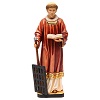
Emperor Valerian ordered that all the bishops, priests and deacons be executed, and so it was also for Sixtus II. Arrested in turn, Lawrence was burned on a grate, or according to another tradition, beheaded. The legend of the grid would fuel the link between the young saint and the falling stars, which would be the lapilli that had escaped his torture.
Saint Barbara
Saint Barbara celebrated on 4 December is a saint famous for the many patronages that have been attributed to her, even if not much is known about her historically. Other patrons include: bombers, gunners, mathematicians, firefighters, bells, miners, gunners, architects, stone cutters, masons, sailors and undertakers.
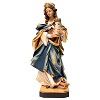
The daughter of a pagan, she was locked up by her father in a tower because of her beauty. Here she was educated by philosophers and poets but, as soon as she left the tower, she discovered the Christian faith. Her father threatened to kill her if she didn’t abjure herself, and dragged her before the Prefect. Her refusal to deny her faith was first wrapped in garments that tore her flesh, then burned, but she miraculously saved herself. Then her executioners cut off her breasts, forcing her to parade naked through the streets. Her own father beheaded her at the top of a mountain.
Cosmas and Damian
The Holy Martyrs Cosmas and Damian were brothers. Both were doctors and are still considered today among the saints to be invoked to heal from all diseases.
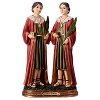
Celebrated on 26 September, they were born in Arabia, and they used their influence as doctors and healers to convert as many people as possible to Christianity. Arrested by order of Emperor Diocletian, they were martyrs several times, according to various traditions: they were stoned, then flogged, crucified and struck with darts and spears, thrown into the sea with a boulder hanging around their necks, burned in a burning furnace. In the end, they were beheaded, and with them were the younger brothers Antimo, Leontius and Euprepius.
Saint Lucia
Lucia of Syracuse is one of the seven virgins listed in the Roman Canon. She is remembered on 13 December, the day of her martyrdom, and is invoked as the protector of sight. She lived in the early fourth century and died during the great persecution willed by Emperor Diocletian. She belonged to a noble Christian family in Syracuse and was denounced by her fiancé when she refused to marry him to consecrate her chastity to God and to give all her enormous patrimony to the poor. Because she refused to abjure, she was sprinkled with oil and tortured with fire, but because the flames did not touch her she was beheaded, or her throat was cut. She was only 21. There is no historical evidence that her eyes have even been ripped out, but the cult born around her figure often represents her with a saucer in her hand and her eyes resting on it, probably because of her name, which means Light.
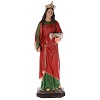

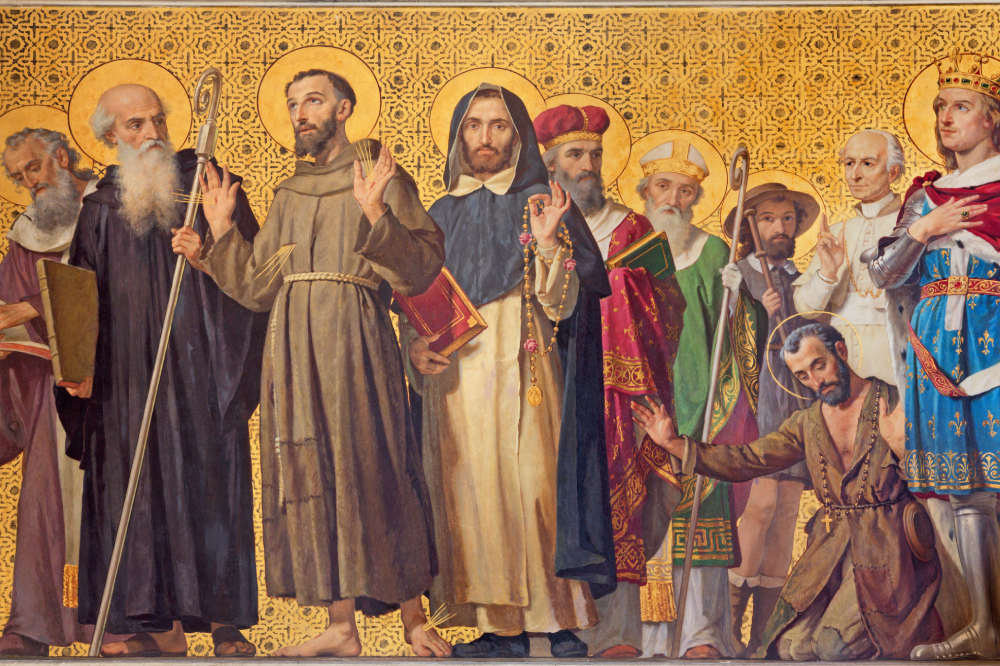

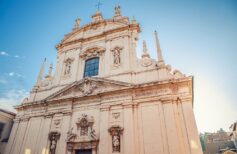
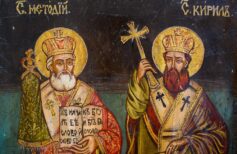
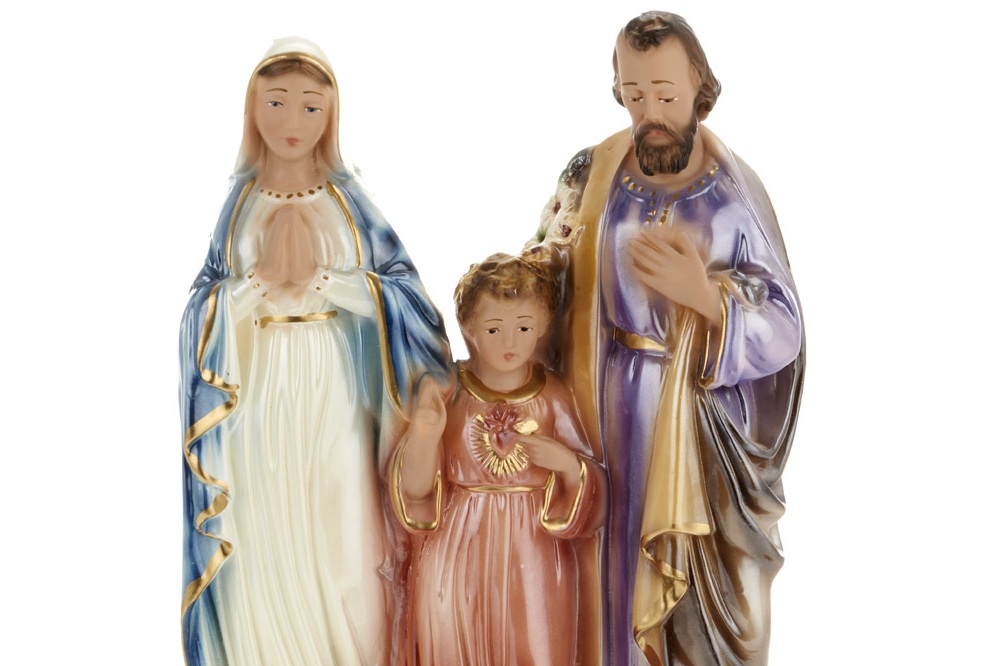

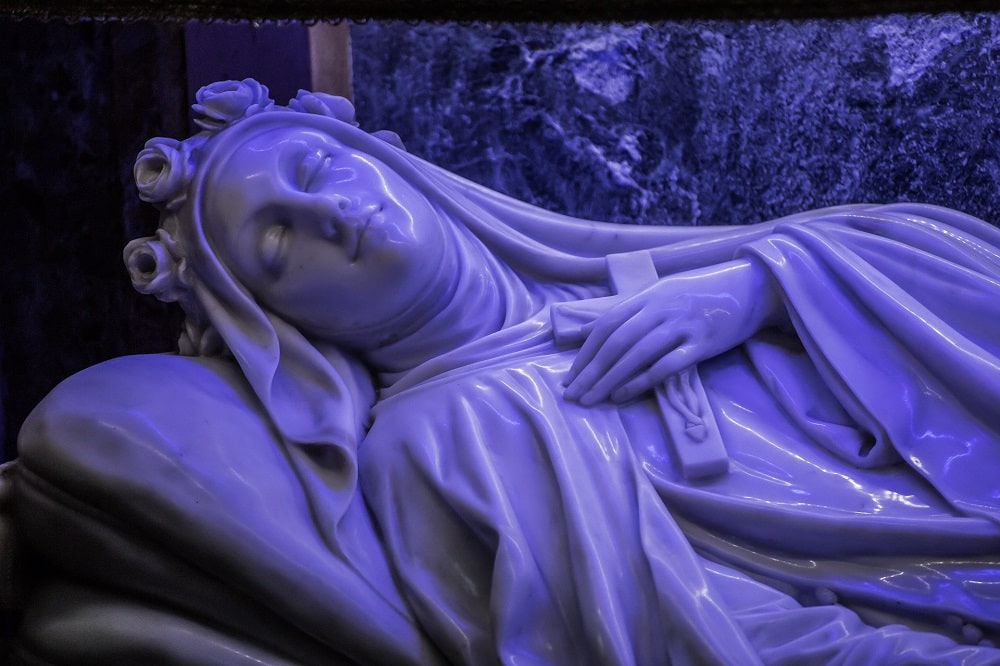
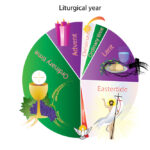

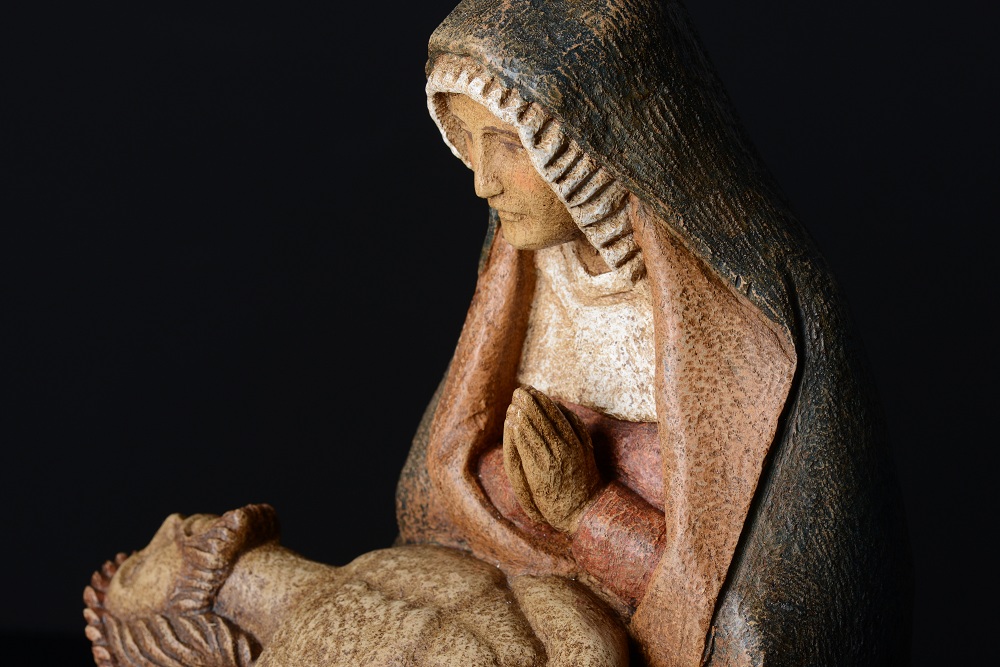






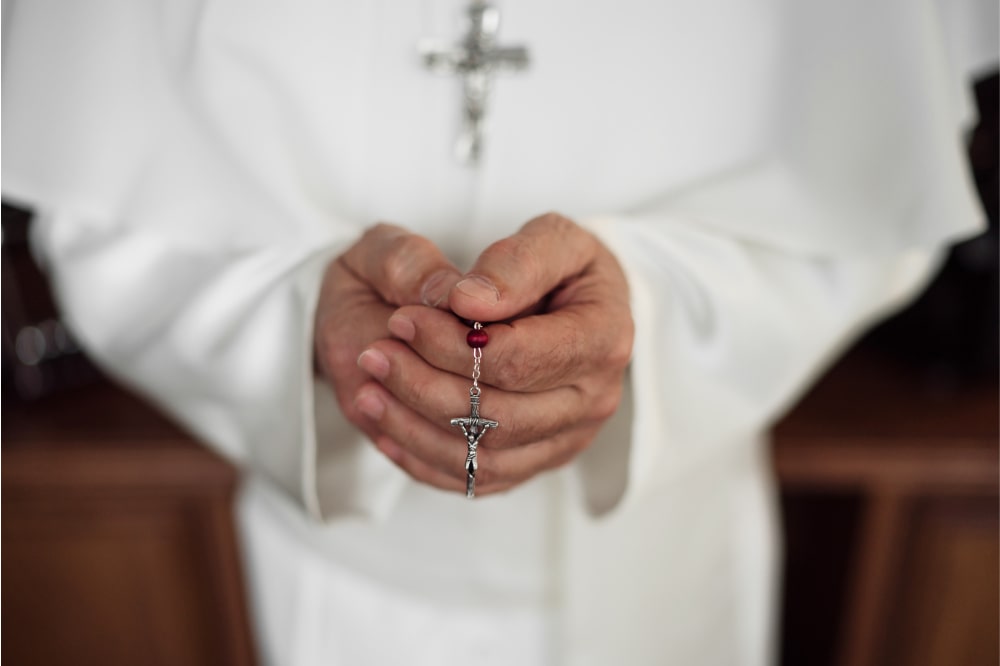
 5 June 2024
5 June 2024
